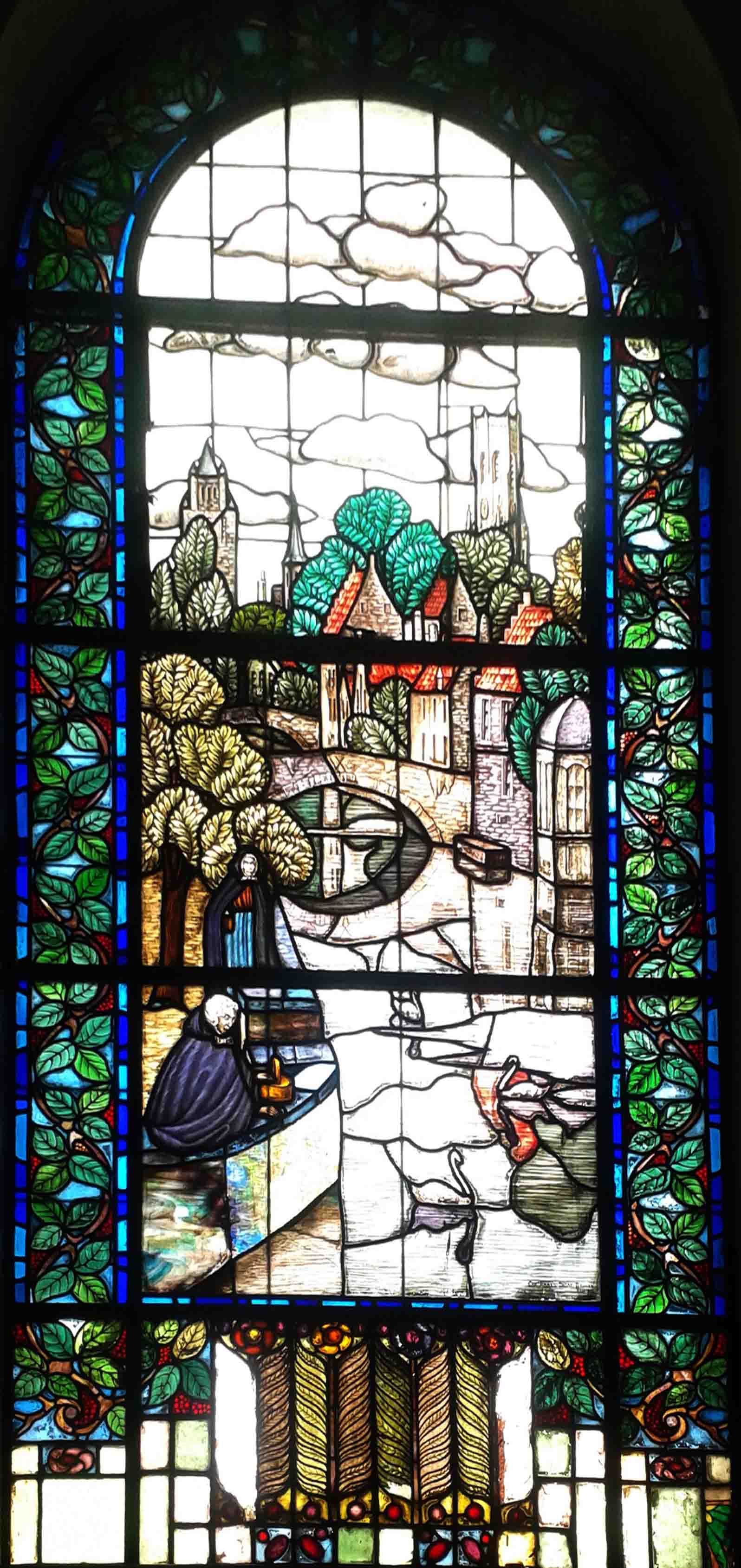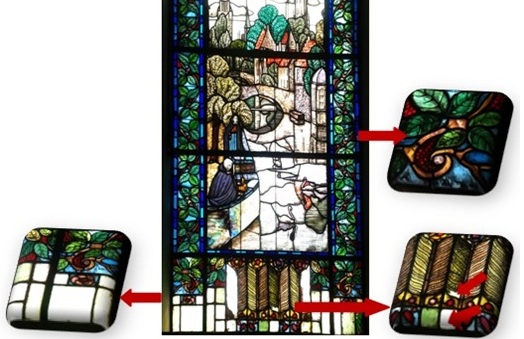Abstract
Egypt’s palaces have various openings and architectures, the most significant of which were those openings containing stained glass. Due to the degradation of most stained-glass windows in the Egyptian palaces that are full of artistic works of high production quality and the increase of degradation factors, whether natural or artificial, they should be immediate conserved to keep this heritage from extinction. Thus, the study investigates, diagnoses, interprets the degradation phenomena of stained glass in some Cairo palaces from 1850 to 1950. It also investigates their relation to the internal degradation of most glass pieces. Furthermore, damage caused by humans due to negligence and ignorance of handling this type of monuments is studied. It proposes a plan of a national project to restore and maintain this heritage. Therefore, it utilizes the descriptive and analytical approach besides the comparative one to define and present degradation manifestations of stained glass in Sakakini Palace (est. 1897), Prince Youssef Kamal Palace (est. 1908), Tahra Palace (est. 1915), and Rustom Pasha Palace (est. 1927). The study recommends paying special interest to those windows and setting a national project to restore those palaces, in general, and their stained-glass, in particular.


